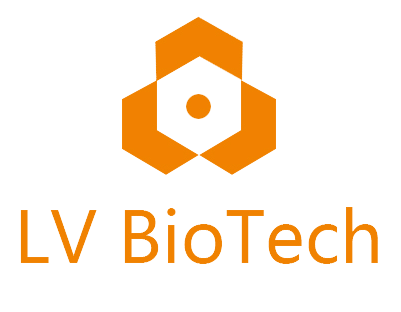Huge breakthrough on hepatocyte expansion basic research in 2018
Release time:2018-11-29 10:11:29
In September 2018, the research team led by Academician Wang Yanghong from The Second Military Medical University successfully achieved efficient expansion of hepatocytes in vitro, which allowed hepatocyte expansion in vitro for more than 10 generations. After the expanded hepatocytes are induced by the induction medium, the hepatocytes allows HBV infection, indicating that the differentiation status of hepatocytes is relatively high. Injecting the induced hepatocytes in to immunodeficient FAH-/-mice can cure the hereditary hypertyrosinemia of the mice, and can achieve highly chimeric growth of human hepatocytes. The results of this study were published on the most influential publication of Asia, Cell Research (https://doi.org/10.1038/s41422-018-0103-x),
The representative results are shown below:

Coincidentally, the Huilijian Team from The Shanghai Institute of Biochemistry and Cell Biology, Chinese Academy of Sciences also reported a metod of efficiently expantion of human hepatocytes in vitro. The relevant results were published in the Cell sub-Journal "Cell stem cell"(https://doi.org/10.1016/j.stem.2018.10.018)
Two independent parallel studies were published simultaneously in top academic journals, illustrating the importance of this research. China is a high-concentration liver disease country, specially the hepatitis B virus infection rate reached 7.8%. There are three main clinical application scenarios for primary hepatocytes.
Scenario 1: Extend the time for paitients to do liver transplantation from donor liver. Every year, about 400,000 patients in China need liver transplantation. There are only about 4,000 patients undergoing liver transplantation and about 90% of patients are dead while waiting for the donor liver. Hepatoyte transplantation can extend the patients waiting time until a successful liver transplantation.
Scenario 2: There are more than 1 million new casesof acute and chronic liver faiure each year in China. Most patients rely on traditional treatment stategies but the treatment effect is poor and cause a lot of death. The use of primary liver cells to create "biological artificial liver" and it's physiological function is very close to the liver cells in vivo, the therapeutic effect is theooretically better. The "biological artificial liver" program is expected to replace the traditional treatment strategy.
Scenario 3: China has a large population base and a large variety of liver metabolic genetic diseases including congenital defects of the A urea cycle(fatal, with an incidence of 1:30,000 to 1: 30,000), factor VII deficiency (syndrome) (abnormal blood clotting, rare), familial hypercholesterolemia(cardiovascular disease, the incidence rate is as high as 1/500), hereditary tyrosinemia type 1, FAH gene defect (hepatic failure, cirrhosis and hepatocellular carcinoma(HCC), incidence 6.7:100,000), etc. Use primary hepatocyte transplantation for the treatment of liver genetic metabolic diseases is a mature treatment method abroad and has achieved good therapeutic effects.
The current research progress has answered the questions from 0 to 1. Howeer, because the cost of cell expansion in vitro is too expensive, the clinical application of this technology still has some difficulty. I believe that in the close future, through the unremitting efforts of scientists and entrepreneurs, we will eventually overcome the liver disease.

